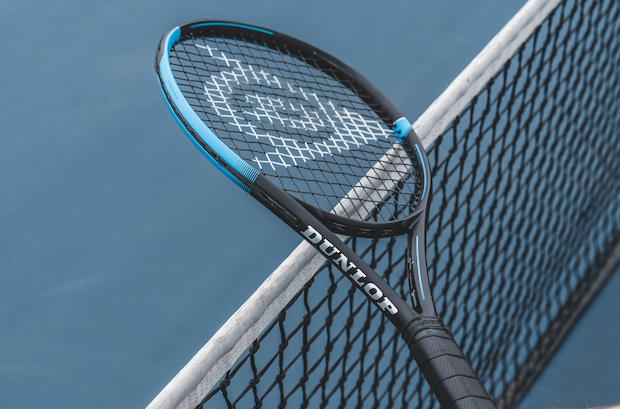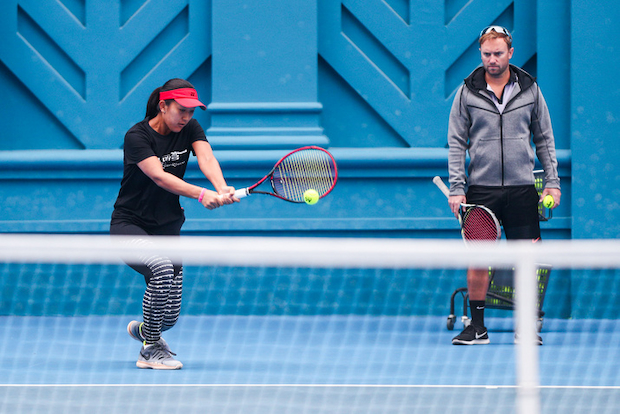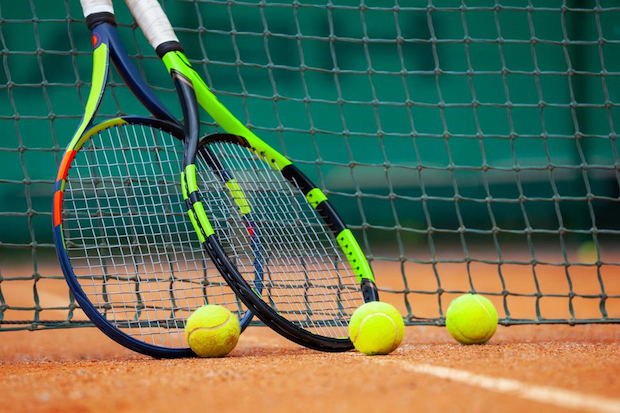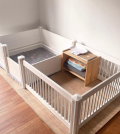How to Choose the Right Tennis Racquet for Your Skill Level and Style of Play
Choosing a new racquet can be difficult whether you are an accomplished player trying to upgrade your existing racquet or a beginner just learning the game of tennis. There are numerous brands, each of which has dozens of models divided into various categories. So, how do you determine which racquet type is ideal for you? Here’s what you need to know.
Contents
Invest in a Premium Racquet Brand

You might be tempted to buy the racquet that is the cheapest, but that may not be a good idea. A good racquet will have the biggest influence on your entire game, in addition to your natural talent and practice. Therefore, you should ensure that you purchase a racquet from a reputable brand.
Despite the fact that you’ll see elite players utilising a wide variety of racquets, all of them are really made by just seven companies. These companies have been around for a while and have a reputation for producing top-notch racquets that are suitable for both experienced players and newcomers:
- Dunlop
- Prince
- Tecnifibre
- Yonex
- Head
- Babolat
- Wilson
There’s a reason Dunlop is first in the line. At their peak, Steffi Graf, Martina Navratilova, Rod Laver, and John McEnroe all played with Dunlop tennis rackets. Kevin Anderson and Jamie Murray are currently the most successful Dunlop racquet users in singles and doubles, respectively.
The CV, CX, and CZ Series are the three main models in the range of Dunlop tennis rackets. Players who want to strike the ball flat are better suited for the CZ series, while those who prefer to smash the ball hard are more suited for the CX series. These racquets cost somewhere between $169 and $229 each.
Level of Skill
Beginner

Tennis beginners should begin using a light racket that has a larger head size, also known as an “oversize” racket. This will enable them to consistently make contact with the ball and teach them how to rally without exhausting their arms as their muscles adapt to the sport.
Increased power and a thinner frame are some other qualities that can help perfect your skills.
Intermediate
As their tennis muscles grow and they learn to create more pace on their own, intermediate players can start to lessen the size of their heads and add a little more weight to their racket. These two actions will enable them to maintain control over their newly acquired authority.
Expert
Advanced players should use “mid-size” rackets that enable for control, feel, and accuracy when playing. With these three advantages, players will feel more connected to the ball and more assured when they take their shots.
Swing Speed
Most tennis players have either a fast, slow, or average swing speed. Any decent tennis player or tennis instructor will be able to assess your swing and tell you if it is fast, slow, or average.
For instance, if it’s faster, the racket you buy should be less powerful as your quick swing will add power for you. A faster swing will also frequently generate more power than a slower swing. You’d want your racket to have more control, so a narrower frame is probably best for you.
Play Style
Are you on the attack or the defence? The type of racket you should use will depend on whether you fall into one of the two categories that most players do.
A more powerful racket can be appropriate for you if you are an aggressive player who wants to try to strike the ball harder. A narrower-framed racket can be the best choice for you if you are a defensive player who frequently wants to utilise the pace of the ball that your opponent has hit at you.
Of course, your body type and swing speed should be considered in this situation.
Grip Size
You must consider your hand size because everyone has a different grip. The best way to determine the grip size you want for your racket is to hold and use a variety of grip sizes before noting the one you like. If you’re unsure, go with a racket that has a lower grip size than you require; you can add your own grips later for a reasonable price.
In fact, experts advise always purchasing a racket with a grip size that is somewhat smaller than you require and then purchasing “overgrips” to use on top of the actual grip. These overgrips are inexpensive and may be periodically replaced when they wear out. This implies that you may routinely get a new grip for not much money, which will make your hold on the racket stronger.
Always Buy a Spare Racquet Too

Imagine that you are playing a crucial match and your strings suddenly crack (which they will in time). How will you proceed? Borrow a friend’s racket that is quite different from your own? Stop the game and give up?
It’s recommended to always have two rackets on the court, both of the same brand and with the same strings strung at the same tension. In this manner, you may simply pick up your second racket and continue playing if your strings do break.






